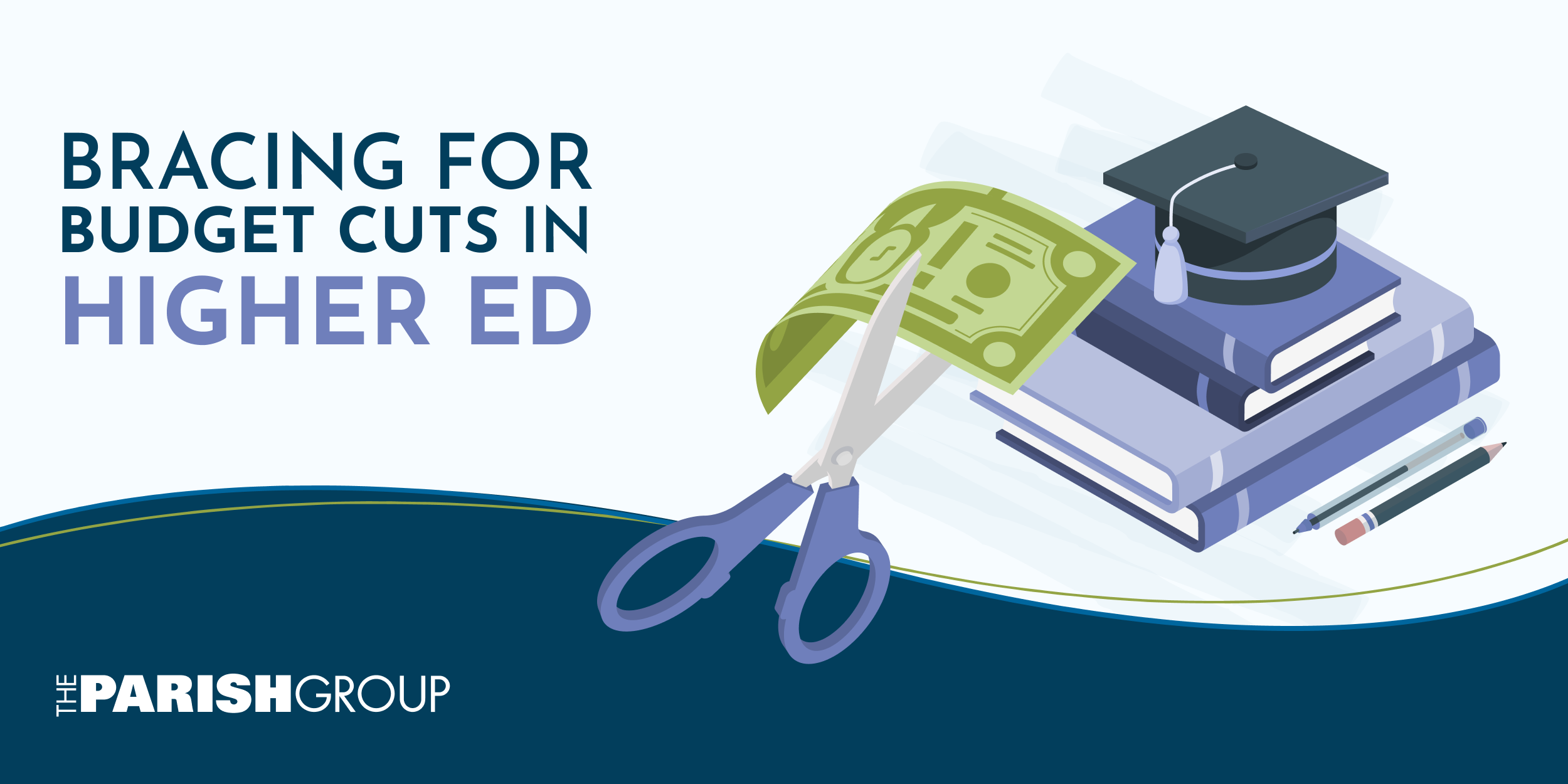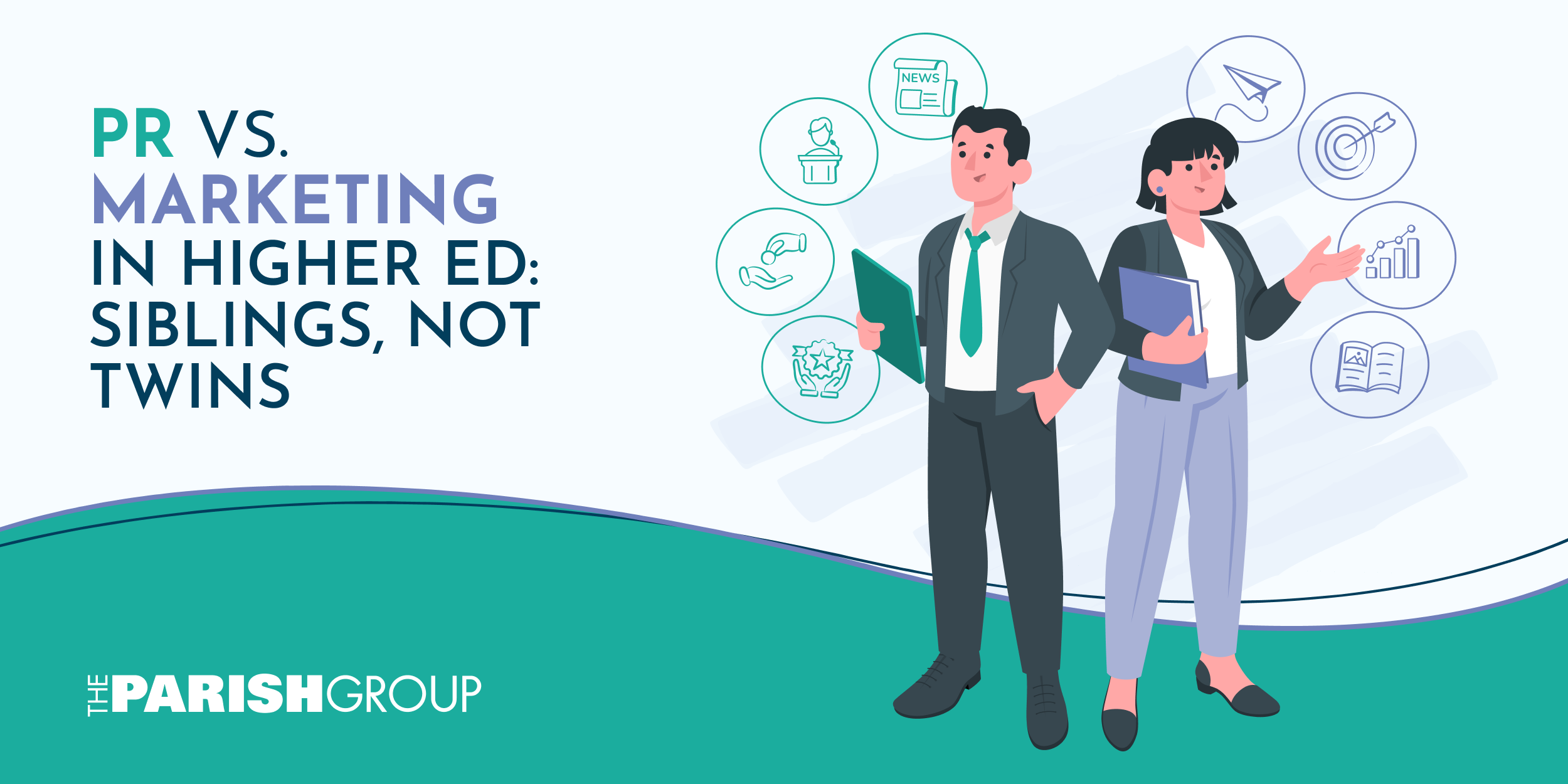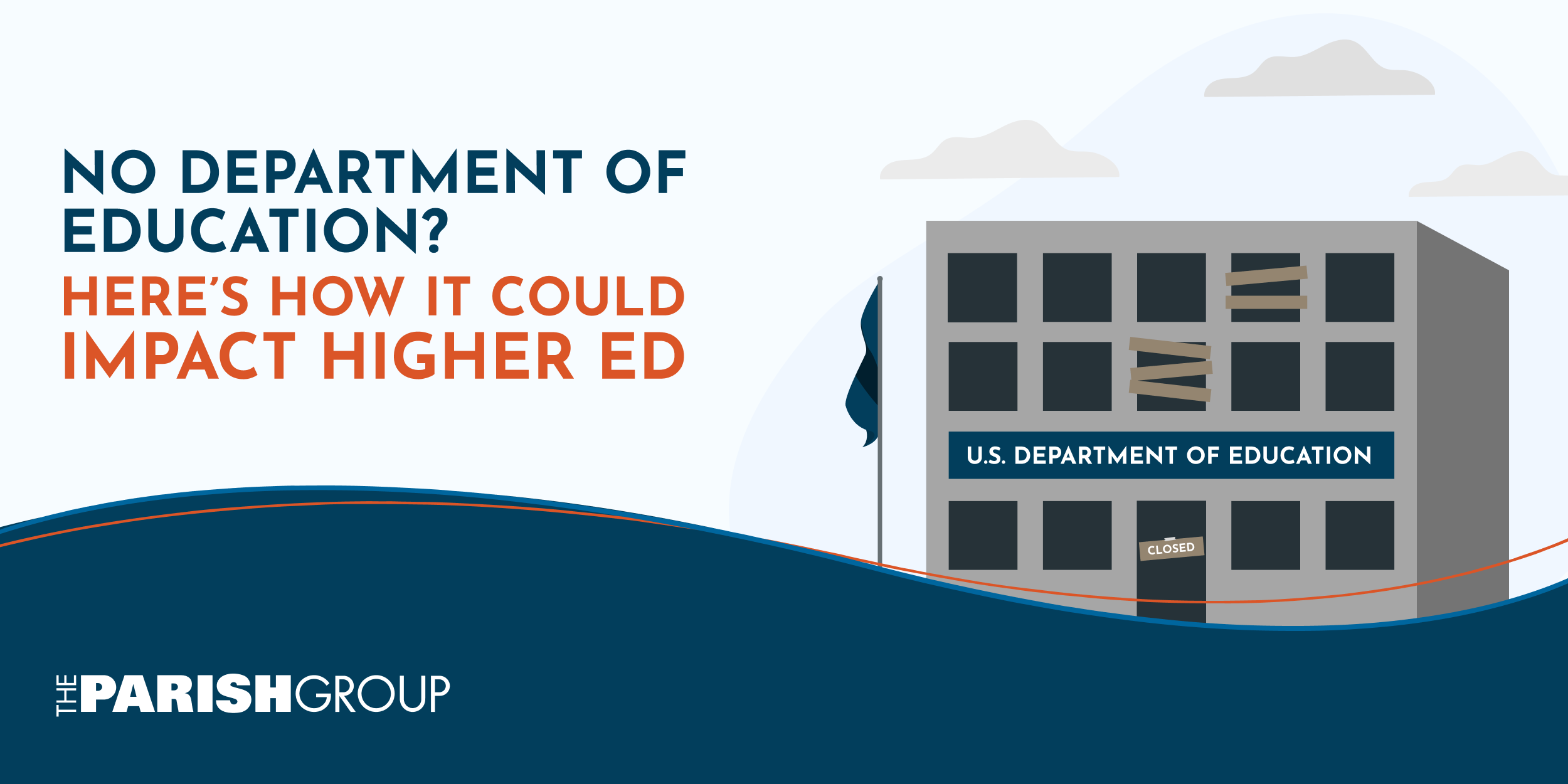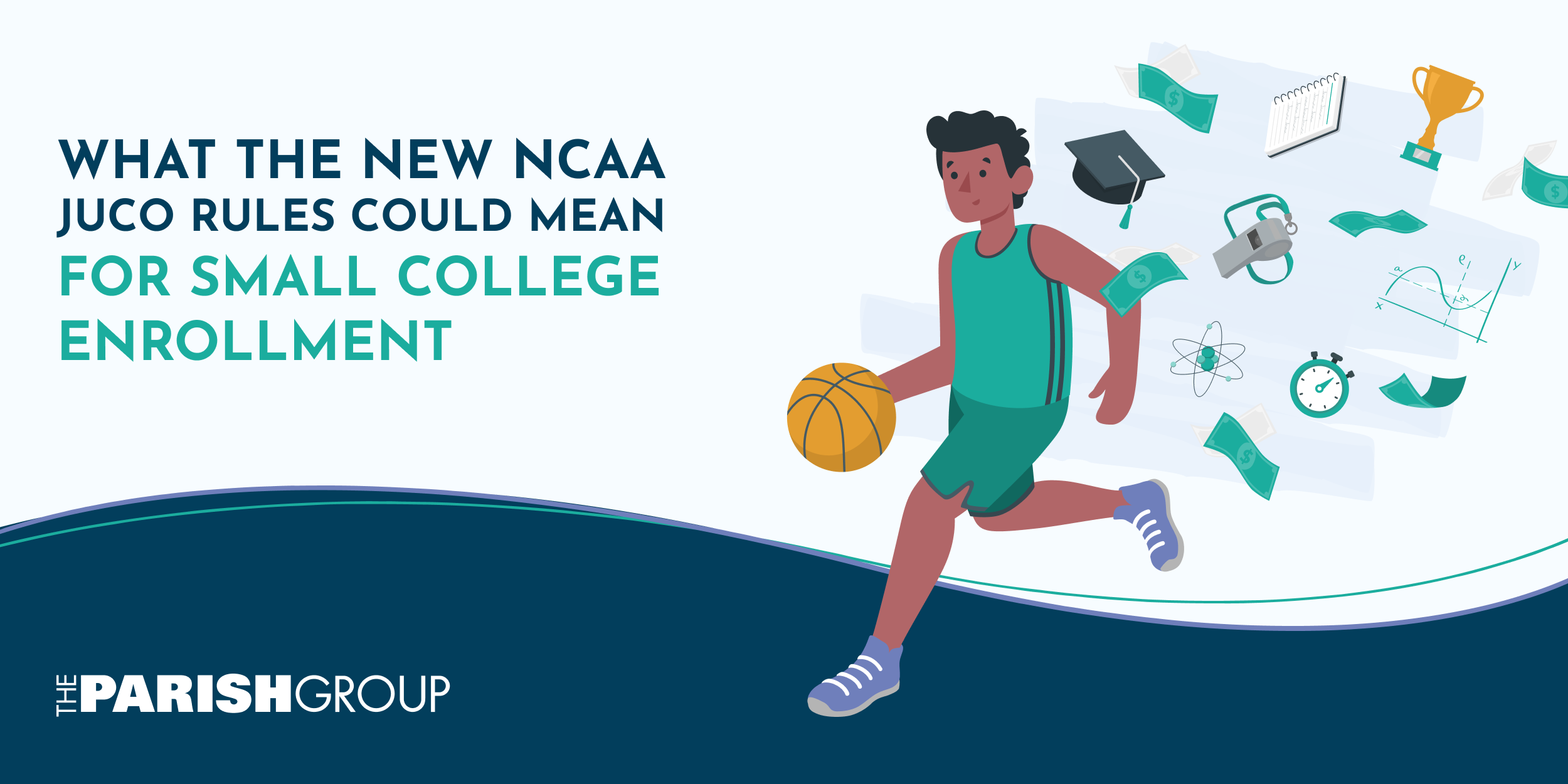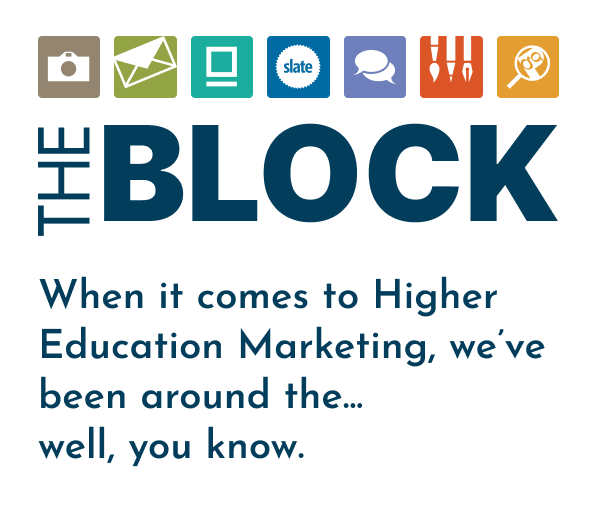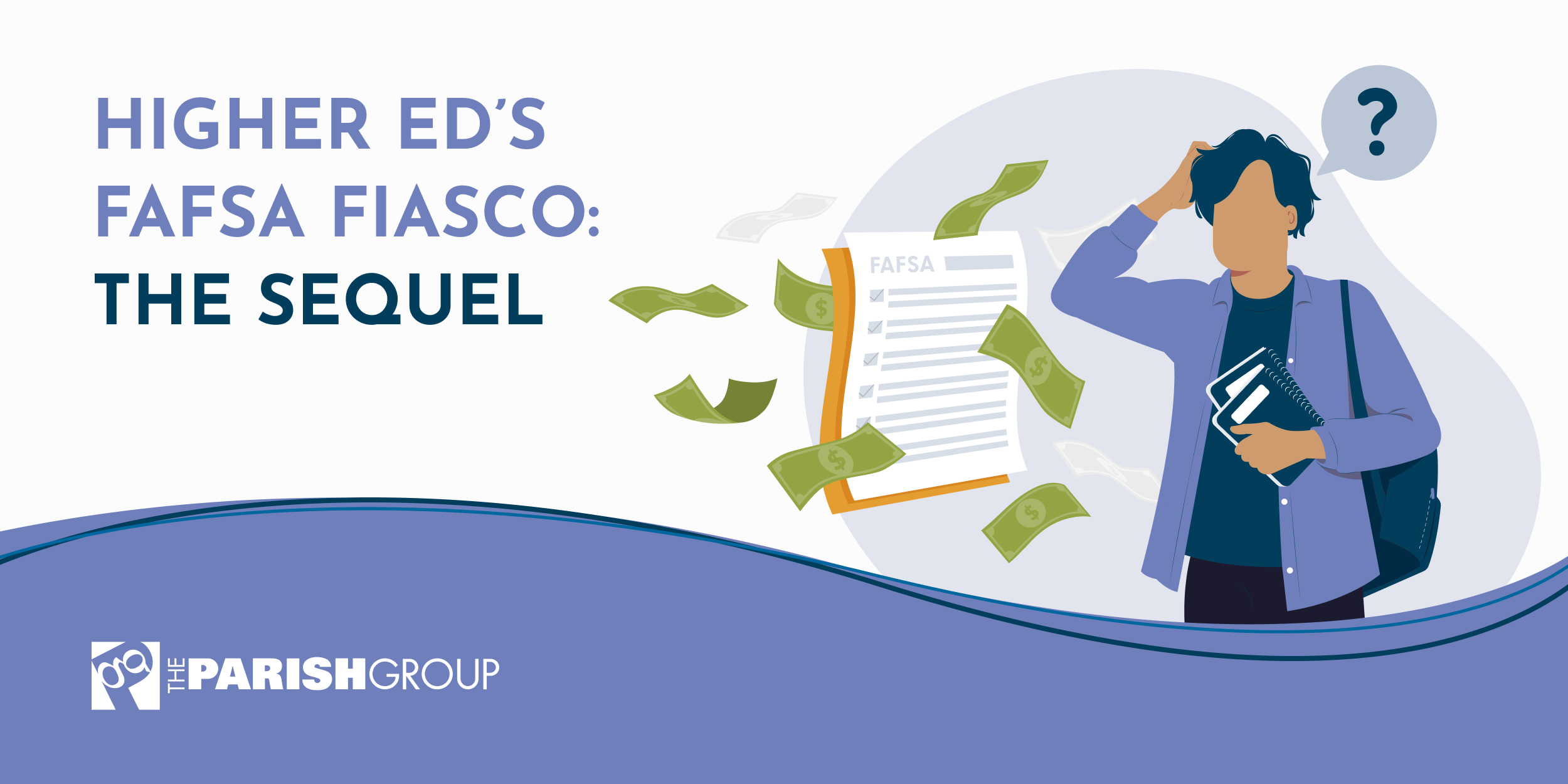
While we may not have anticipated a seamless transition to the 2024-2025 FAFSA, the Department of Education’s handling of the dubbed FAFSA Fiasco has been anything but smooth.
Both higher ed institutions and college-bound families face significant challenges while grappling with the uncertainties surrounding the federal financial aid process. Unfortunately, this turmoil isn’t behind us. We’re potentially looking at a sequel to the chaotic rollout of last year’s FAFSA.
In response to last year’s delayed and error-ridden application, colleges and universities implemented various strategies to ease the process for families, such as issuing estimated Financial Aid Award letters and extending deadlines. This year has been a learning curve for financial aid and admissions staff as they adapt to these new changes.
With the new school year approaching, mixed messages and conflicting statements about the FAFSA’s future have left many in higher education wary of a promised, smoother process.
What should we expect from the FAFSA in the coming year?
Conflicting Timelines
Historically, the FAFSA has been available starting the first of October. However, last year’s December delay had severe repercussions for both students and institutions, causing a ripple effect that impacted the entire financial aid process.
Recent efforts by the House education committee aim to reinstate the October 1 release date, but there are concerns that without a well-thought-out plan, this could lead to further complications. With just one cycle completed under the new FAFSA system and many glitches still unresolved, an October 1 launch feels more like an optimistic hope than a feasible reality for upcoming cycles.
Colleges and universities should brace for the possibility of another late December FAFSA release. By preparing for this scenario, financial aid departments can develop strategies to address potential issues and identify gaps in their communication plans.
This proactive approach will help ensure they are ready to handle any challenges that arise and support students effectively, no matter when the FAFSA becomes available.
Potential Kinks Still in the System
Last year we saw algorithm issues, complicated parental access, and severely delayed ISIR information. Going into this year, here are some things to look out for.
The proposed “phased rollout” of the FAFSA is already causing uncertainty. According to the U.S. Department of Education, beginning October 1, a select few institutions and students will have access to the 2025-2026 FAFSA.
As stated in their press release, volunteers will be selected to begin the FAFSA during the testing period, but who knows what will come of this? Families were put through the ringer last year, and offering up a test period to work out the kinks at the expense of students may cause even more discouragement.
Instead of thoroughly testing their changes before the simplification rollout, we’re now having to use real life students as guinea pigs to navigate issues in real time.
A major change for the 2024-2025 FAFSA was the replacement of the Expected Family Contribution (EFC) with the Student Aid Index (SAI). This shift presented significant challenges for both financial aid and admissions departments.
Last year, SAI numbers were plagued with errors even after reprocessing, which led to delays and hindered progress. If similar issues arise this year, we could face additional delays.
We hope that the October testing phase will address the various issues encountered last year while finding ways to provide meaningful support to families, rather than merely using them as test subjects.
Communicating with Students and Families
When families face uncertainty, they look to institutions for guidance. However, when the institution itself is also unsure, the challenge of communicating this uncertainty becomes even more complex.
Communicating the FAFSA changes this year will require careful balance, as institutions must provide support and clarity even while grappling with their own unanswered questions.
It’s crucial for admissions and financial aid departments to stay aligned. Both teams often receive varying information—from students directly or from the government.
By coordinating their efforts, they can ensure consistent and accurate communication with students, reducing the risk of misinformation and providing a unified response to any inquiries or concerns.
The new recruitment cycle is here. As you prepare to begin your efforts, embracing change—even if it means altering current practices—is essential.
Whether engaging in one-on-one conversations with students or sending targeted communications, this year will bring a new approach to interacting with prospective students and their families.
Each family will navigate the FAFSA changes differently—some will stay informed through various sources, while others, especially first-time college-goers, may be unfamiliar in expectations.
By providing timely updates about changes, you can remain a key resource for students and potentially share crucial information they might otherwise miss.
Sometimes, even when there are no new updates, communicating that you are actively awaiting new information can help establish trust. It shows students that they can rely on you for the latest, most relevant information when it becomes available.
Additionally, we highly recommend utilizing this moment to talk about affordability rather than financial aid. With the FAFSA up in the air, communicating how affordable your institution is sans-FAFSA will serve your institution well.
Navigate Financial Aid with The Parish Group
This past year, we found that FAFSA-related communications were crucial in the past enrollment cycle. Updating families, empathizing with their stress and confusion, and offering workarounds proved to move the needle in many instances and created stronger relationships between institutions and prospective families.
If you’d like help create timely communications as we navigate this year’s FAFSA, The Parish Group is at your service. We also offer financial aid optimization as a part of our credible advising service.
Remember, we’re all in this together! Keeping up-to-date and sharing information is the best way to survive this sequel.
For more information on financial aid optimization, financial aid communications, or general inquiries, reach out to success@parishgroup.com or call our office at 828-505-3000.
Together, we do BIG things.

